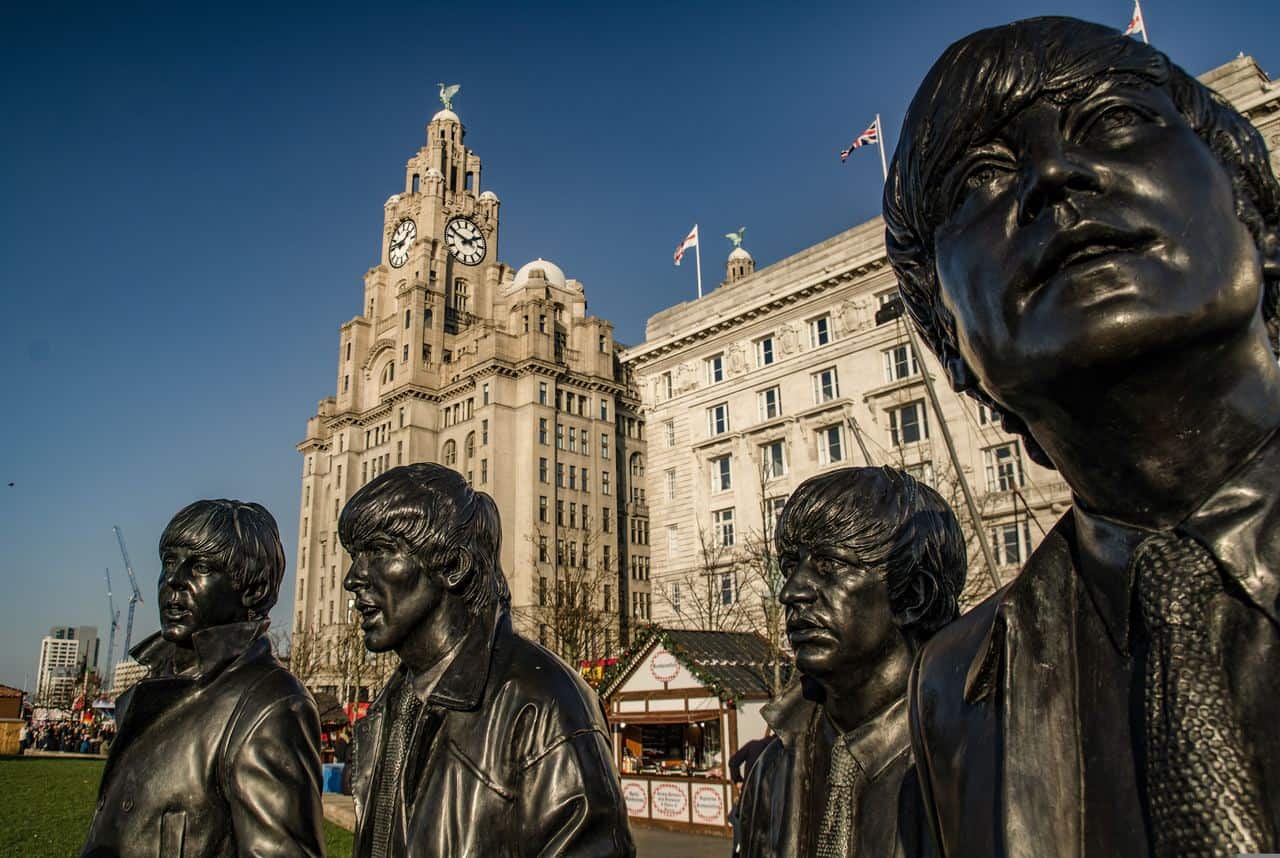Liverpool is hosting the Eurovision Song contest this year and tarting itself up for the influx of new visitors.
Liverpool, Merseyside’s most famous city for being the home of the Beatles and its vibrant Scouser citizens, is hosting the Eurovision Song Contest this year. It will be a busy year and the city is preparing for the coming visitor influx with plenty of other big things happening along the banks of the Mersey.
The Beatles Story will always be the main driver. There is the Beatles monument on the waterfront, a comprehensive museum at Albert Dock, while the Museum of Liverpool has memorabilia and the Cavern Club (next door to where the original was) is never short of a tribute band.
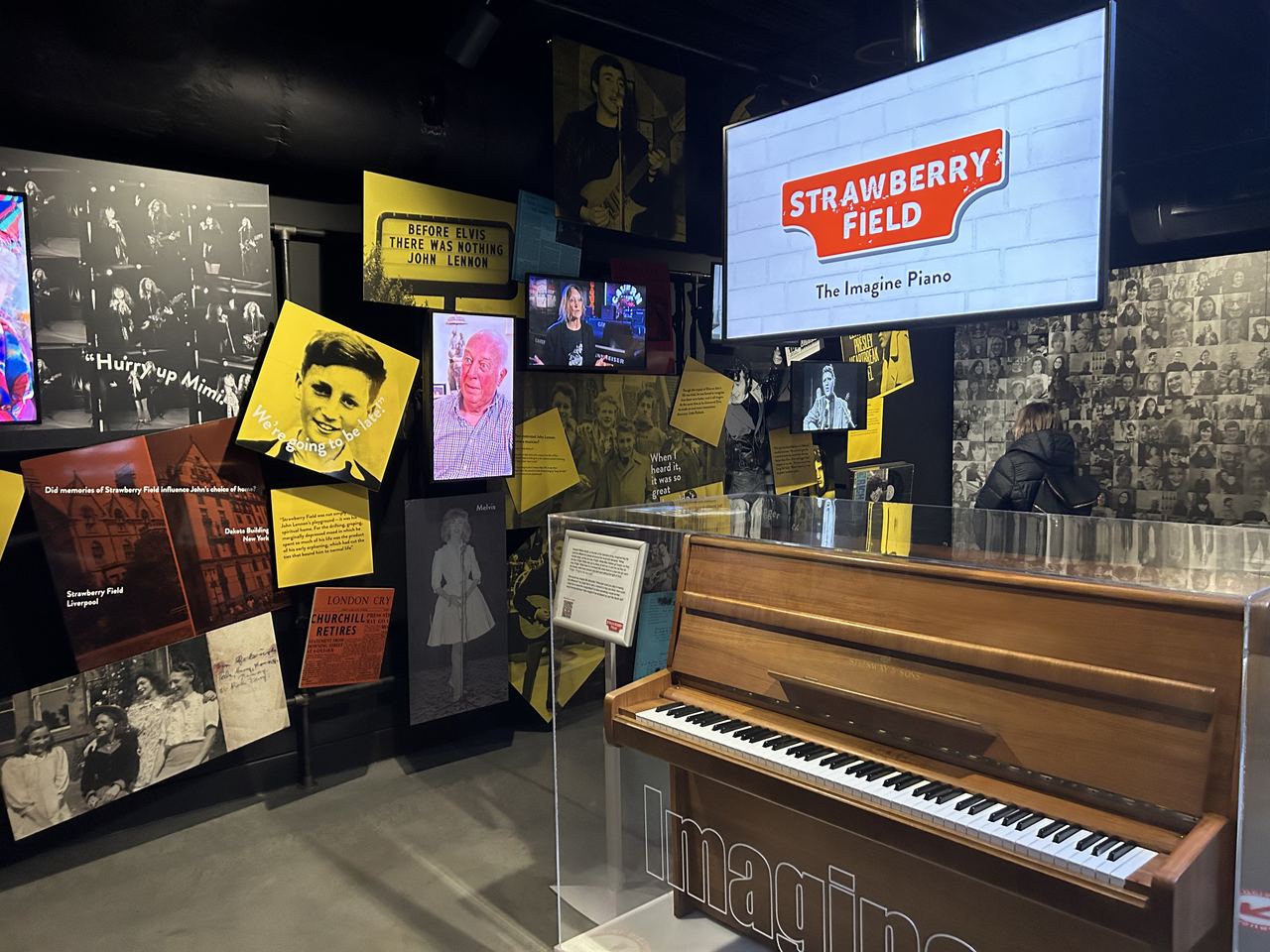
This year a new attraction is Strawberry Field, the site of the children’s home that inspired the hit Strawberry Fields Forever.
Behind historic red wrought-iron gates and set in peaceful grounds is a low, contemporary building with a Beatles exhibition (the piano on which John Lennon composed Imagine) and film clips as well as visiting art exhibitions and a café (where I bumped into Len Garry, bassist from John’s teenage band, the Quarrymen).
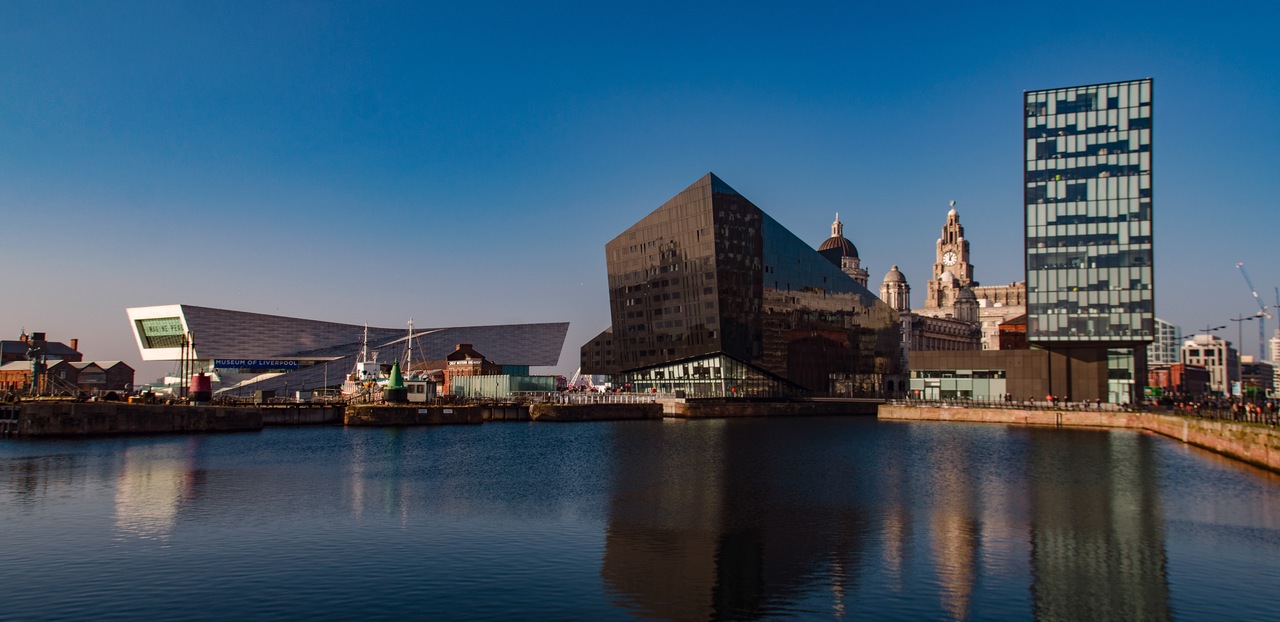
Beyond the Beatles, the whole area between the city centre and the sea is being revitalised with the Ten Streets creative quarter seeing new bars, restaurants and venues opening up on an almost weekly basis alongside everything from Liverpool’s most stunning hotel, The Titanic Hotel, and even the looming outline of a waterfront football stadium.
Sitting in the bar of the Titanic Hotel, which occupies the mighty Victorian Rum Warehouse, I’m gazing through the glass wall across Stanley Dock, looking at the Tobacco Warehouse, said to be the world’s biggest brick building, some 27 million of them. The hotel has been open since 2014 but it’s gradually being drawn into the city’s heart, a 30-minute stroll away past dock walls up to 15ft high and with ornate gate towers.
This is the grand outpost of a new Liverpool, where docks meet former industrial sites in the growing Ten Streets creative quarter (occupying the 10 streets back to town).
This year will see the conversion of the derelict early 20th-century pump house into a pizza restaurant with its towering chimney part of the world’s tallest pizza oven. A landing stage alongside the bar has been rebuilt so barges and small boats can moor after sailing down the Leeds-Liverpool Canal.
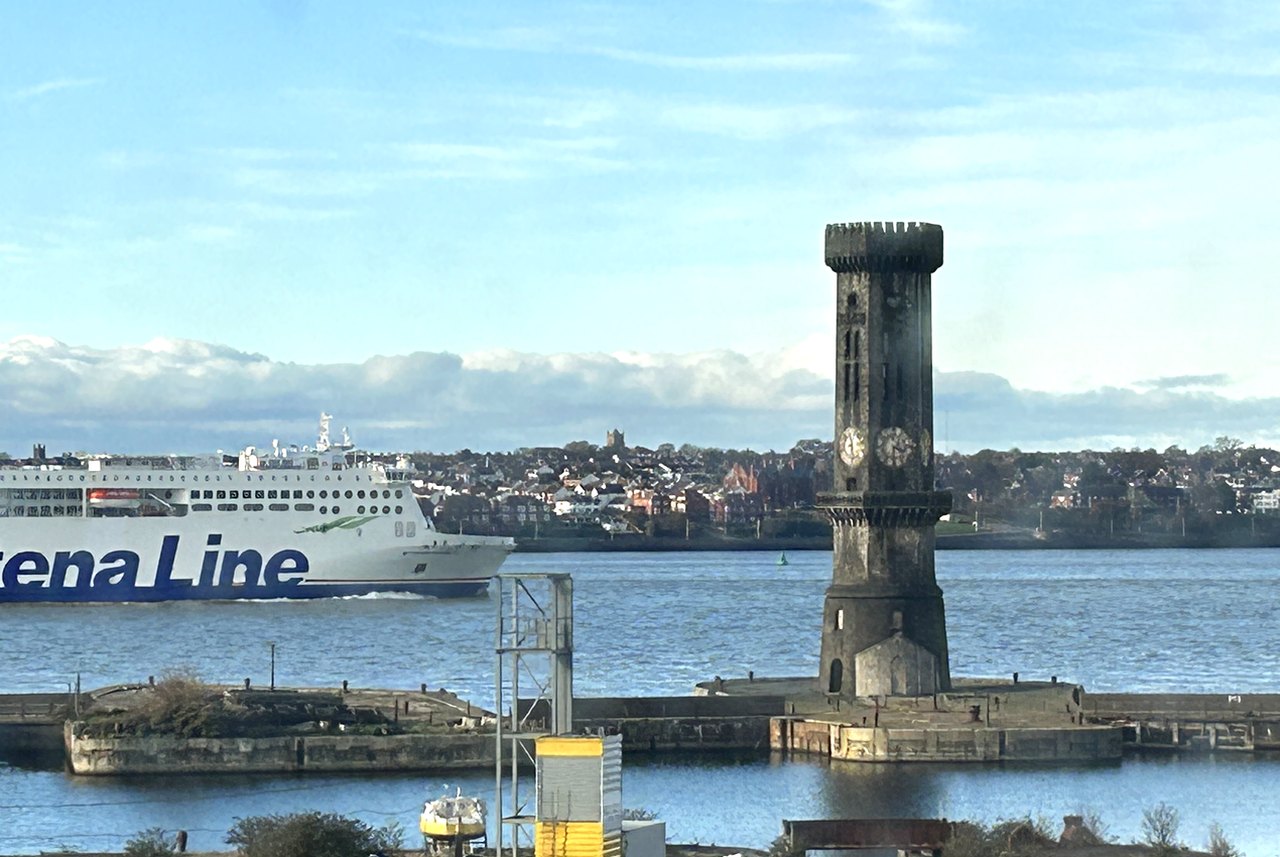
And Tobacco Warehouse, built in 1902, has already seen a third turned into the first of almost 600 charismatic apartments – more exposed brick and iron pillars – with the waterside level being turned into restaurants, bars and galleries. Rooms have views of Victoria Tower, a riverside six-sided clock dating from 1848.
Alongside Tobacco Warehouse is a smaller warehouse with work underway on an apartment hotel with more cafes and shops, turning the whole place into a new attraction similar to Albert Dock in the city centre.
Across the road and several minutes’ walk towards the sea at Bramley-Moore Dock a new 53,000-capacity stadium for Premier League football club Everton is rising. Opening in time for the 2024-25 season, the riverfront site will feature a wealth of restaurants and bars.
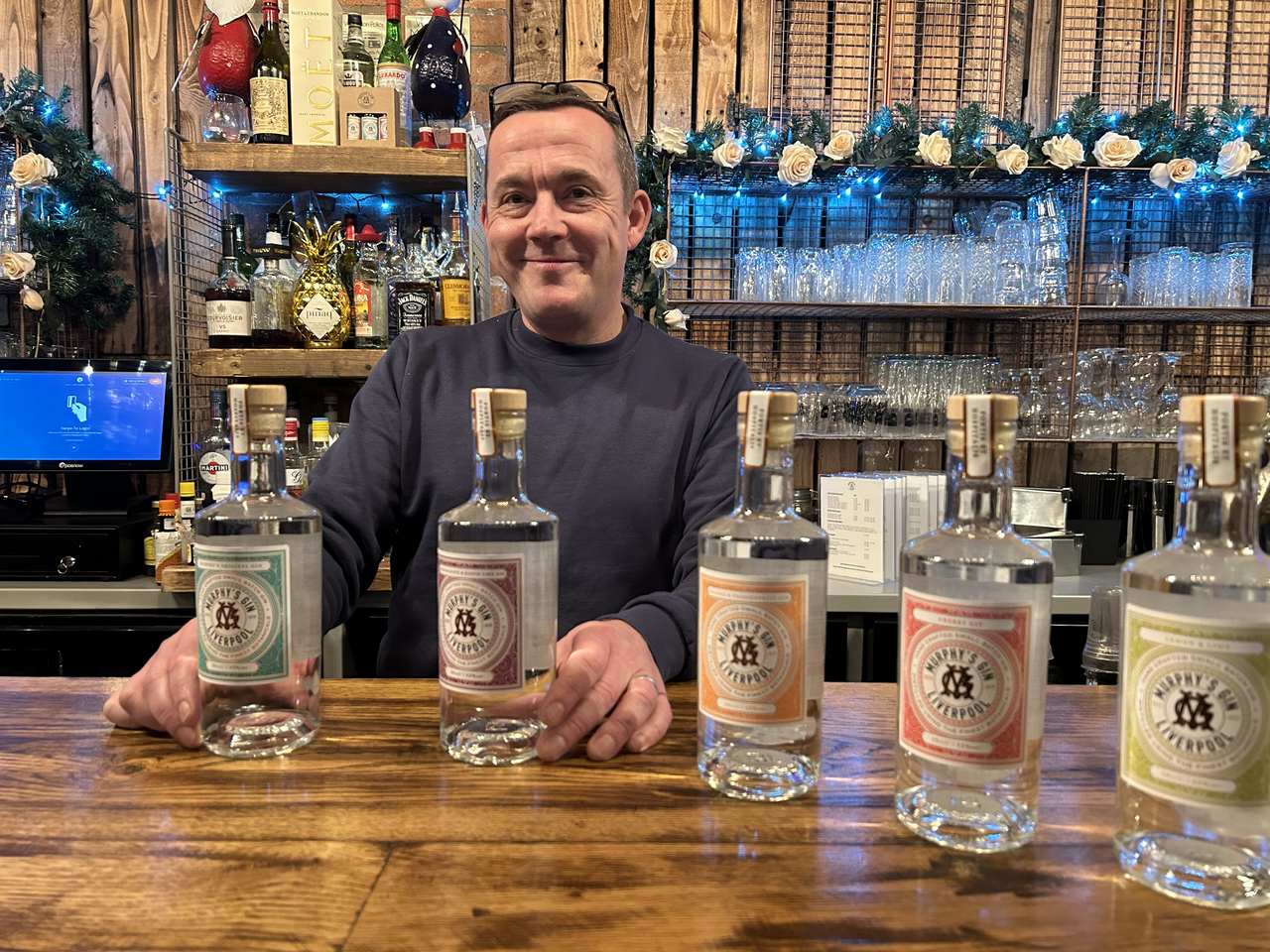
Between Stanley Dock and the city centre, things are taking off. Murphy’s Gin, is a distillery, bar and event space run by three brothers. One of them, Mark, has used his knowledge as a biotech scientist to craft small batches in stovetop copper stills, from classic London Dry to tangy Pomegranate & Kaffir Lime, all a robust 42 per cent alcohol.
The premises, in a former woodworking shop, use abandoned timber for furniture and feature comedy nights, music – and tastings.
Across the road on the high wall is a discreet plaque recognising that through the dock gates passed 1.3 million Irish migrants escaping the potato famine of 1845-52.
Next door is Ten Streets Social, a warehouse bar and venue. Around the corner is the Invisible Wind Factory, a former wind turbine factory, now a music venue, both mainstream club and more discreet Substation, but also home to the Factory Garden, a charmingly dishevelled outdoor bar with corrugated fences and views over the backs of other warehouses, the Rollerdrome, a roller skate nightspot but with daytime lessons, and top floor Factory Kitchen, a café with fabulous river and sea views, serving vegan lunches as well as coffee and cakes.
The IWF also has craft studios and hosts summer and winter craft markets along with Liverpool Make around the corner, another space filled with local woodworkers, jewellery makers, cake creators and more. It’s fronted by the delightful Caffe Riccardo, is Italian run with sweet treats such as pistachio pastries, and with outdoor seating amid the jumble of brick architecture along the street, looking like somewhere between New York’s Bronx and Liverpool’s own Baltic Triangle, an earlier reborn warehouse district upriver.
Behind the dock walls work is set to start soon on a major park, uniting the city centre with Everton’s stadium and bringing the Titanic Hotel and Ten Streets neighbourhood together. Plans include coastal woodland – with more than 1,000 trees – and wetland planting, plus a river walk on the other side of apartment buildings.
Liverpool took on new life as a colourful, arts-filled destination during 2008, its year as the European Capital of Culture. The waterfront with the jaggedly beautiful Museum of Liverpool and cool new Mersey Ferries terminal proving a striking juxtaposition to the classicism of the Three Graces buildings, including the former Cunard cruise HQ, was the starting point for a revamp city-wide.
Liverpool was given World Heritage status although that was rescinded in 2021 when Unesco said that modern developments had led to an “irreversible loss” to the historic value of the Victorian docks.
They, including Liverpool Waters, a stretch of hotels – the unspectacular Crown Plaza and less bland Malmaison – apartments, coffee bars and tent-like cruise terminal, almost next door to the classic Three Graces, had caused “serious deterioration” of the area with “a significant loss to its authenticity and integrity”. True or not, it was at least a missed opportunity.
Now, though, Liverpool is following the river in a rush for the sea and the Titanic which was once a lone outpost is now the frontrunner of a lively new area.
FACT FILE
STAY: The Titanic Hotel – Read our review
TOURS: Fab 4 Taxi Tours (fab4taxitours.com), provides tours for up to six in one of 18 black cabs with trained cab drivers. Mine, Phil Gerrard (no relation, he says), engaging in his encyclopaedic knowledge, took me to places bigger tours can’t reach: wandering around outside Ringo’s old house in streets where Gerry Marsden and Billy Fury were born, as well as comedian Arthur Askey; stopping at George Harrison’s boyhood home; visiting Penny Lane Development Trust, a community centre and shop; popping into the Penny Lane barber’s mentioned in the song.
Fab 4 Taxi Tours works with the National Trust who own Paul McCartney and John’s childhood homes and can be visited only on an NT tour, so all four houses can be seen.
EUROVISION: If you want more music, the Eurovision Song Contest is at the riverfront Liverpool Arena on May 9, 11 and 13 and looks set to inspire the sort of madness the Beatles did in their heyday.
MORE INFO: visitliverpool.com

